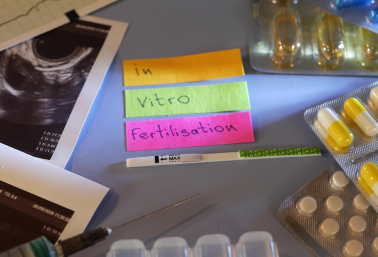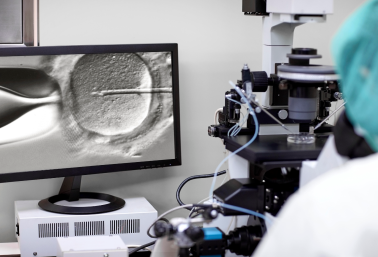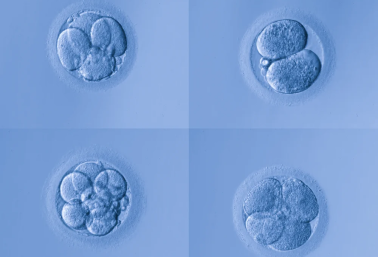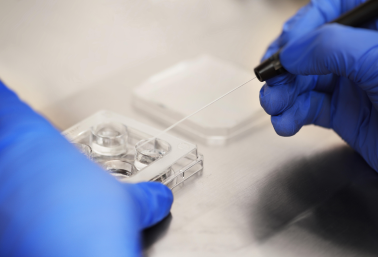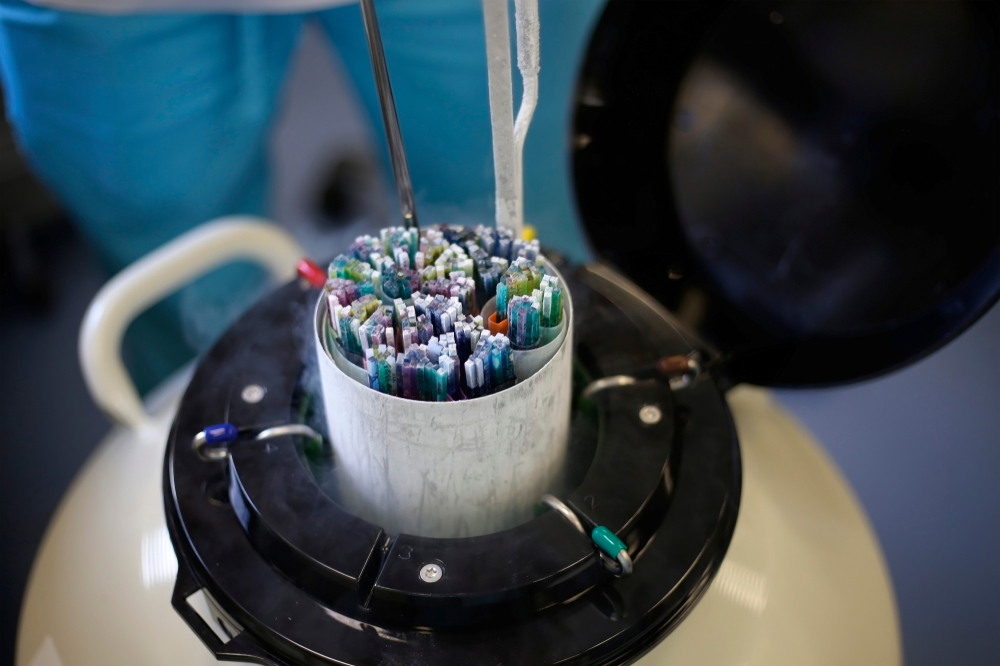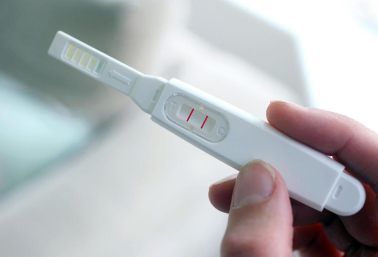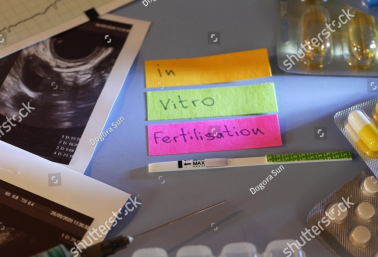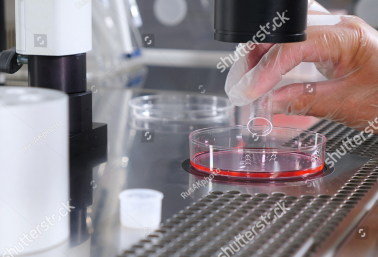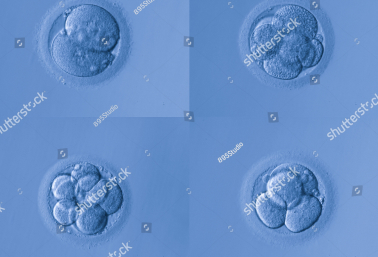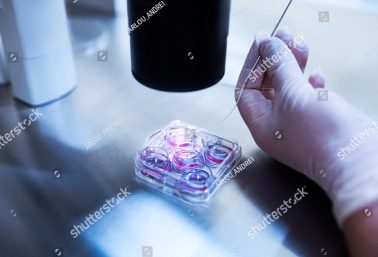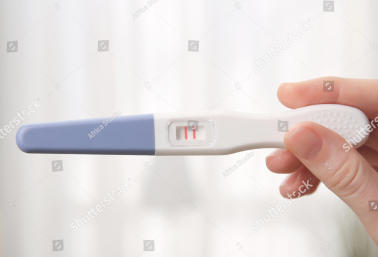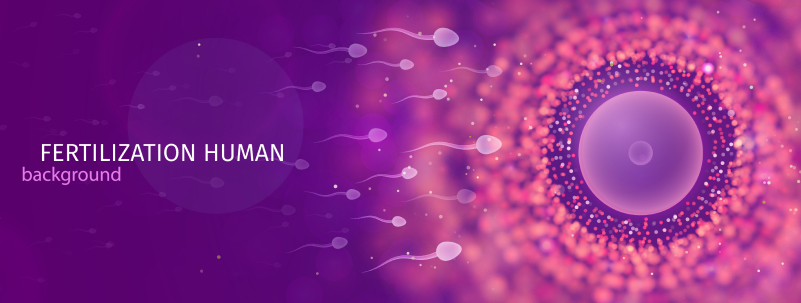
Our Treatments
In Vitro Fertilization (IVF)
IVF or In vitro fertilization refers to the process of achieving fertilization between a sperm and an egg in an IVF laboratory and placement of the resulting embryo into the uterus of the mother.
This process is also commonly known as Test Tube Baby. Usually IVF is undertaken in cases of blocked tubes, sperm defects in the male partner or prolonged unexplained infertility.
Who needs IVF?
- Women with blocked or damaged fallopian tubes which make it difficult for the sperm and egg to fertilize.
- Men who have low sperm counts or poor motility. As a result sperm cannot fertilize the egg without assistance
- For Couples with Unexplained infertility - when pregnancy does not occur despite all the factors seeming healthy
- Premature ovarian failure - some women may stop producing eggs at a younger age. Couples like these may need donor eggs to have a child.
- Women with problems with their uterus - which prevents conception


